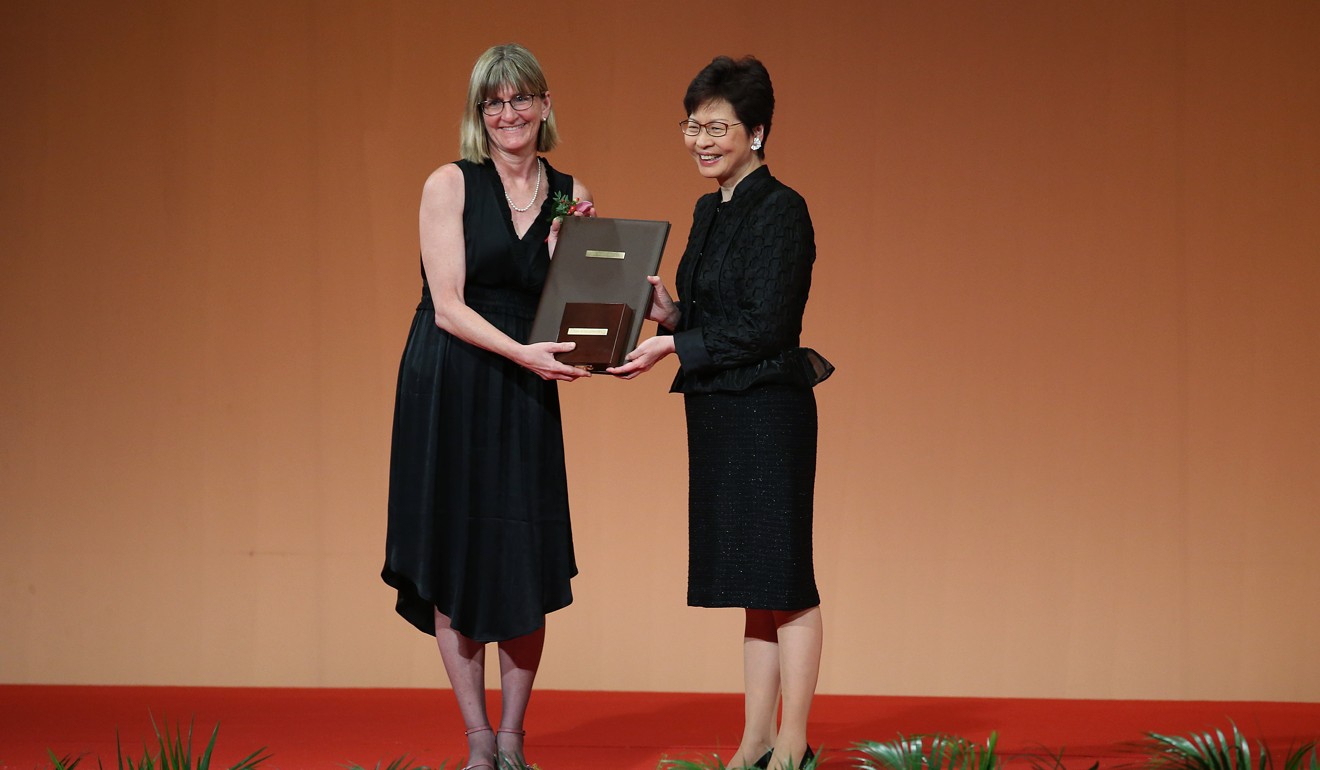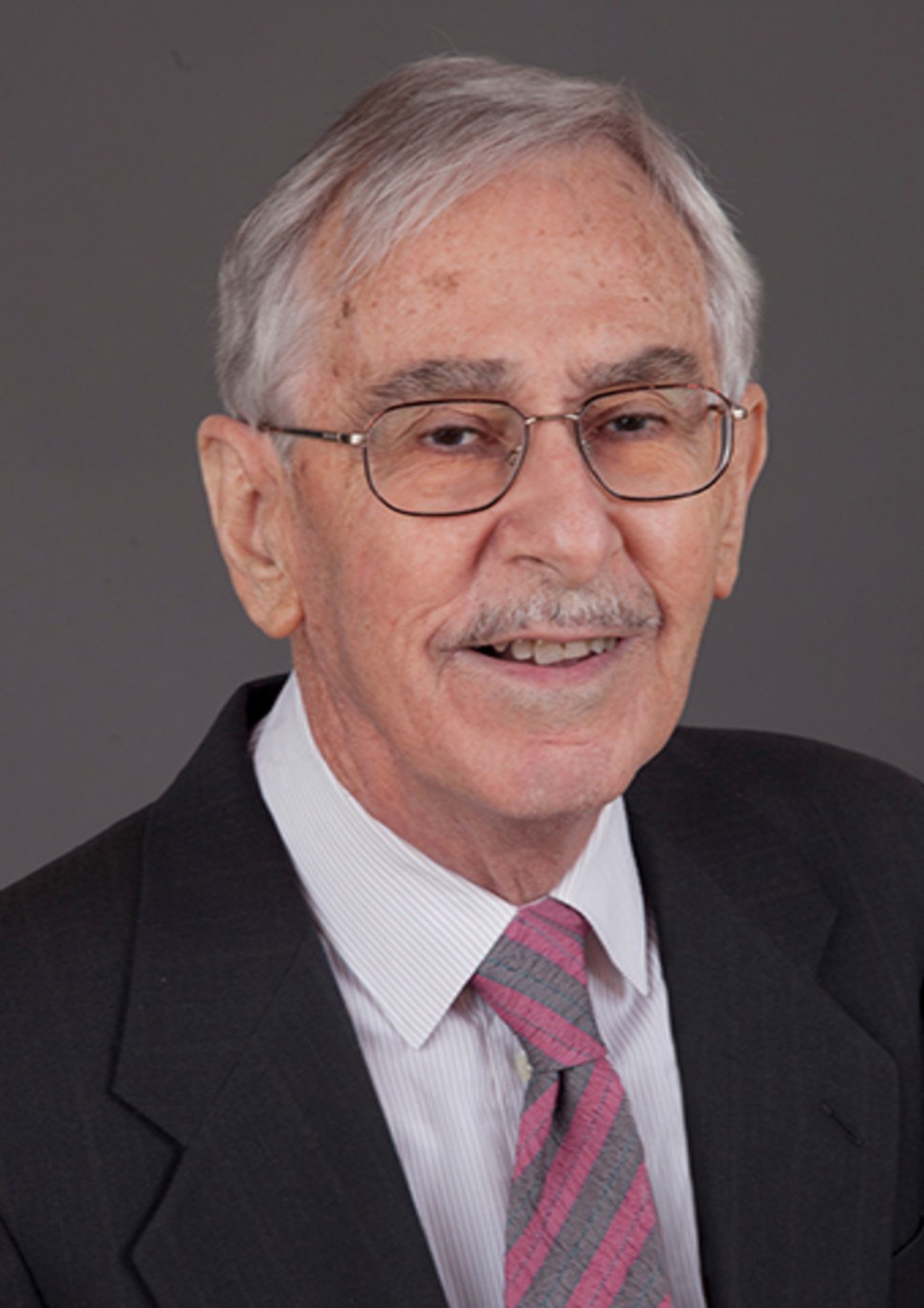
Sea urchin sperm, squid cells and medicine: researchers share Hong Kong Shaw Prize
Scientists Ian Gibbons and Ronald Vale are co-winners of the prestigious award in the Life Science and Medicine category, for their study on cell proteins
Sea urchins and squid were unlikely sources behind the discovery of two essential proteins that may help scientists better understand diseases like Alzheimer’s and Parkinson’s.
The research into the proteins by two scientists – Ian Gibbons and Ronald Vale – led to them being awarded the prestigious US$1.2 million Shaw Prize for life science and medicine at a ceremony in Hong Kong on Tuesday.
Gibbons is now a visiting researcher at the University of California, Berkeley, but in the late 1960s, was based in Hawaii and took advantage of the abundance of sea urchins for his research on dynein, a motor protein within cells.
He first discovered the protein in 1963 and later found that dynein powered the tails of sea urchin sperm which are highly mobile.
Gibbons showed how dynein caused a sperm sample to swim, even without its head – an experiment considered groundbreaking in the field.
In the mid-1980s, Vale discovered kinesin, also a motor protein, from studying squid nerve cells.
He came upon the protein in the squid’s axon, a slender projection of the animal’s cell.
Universe born before your eyes: simulation by astrophysicist Simon White wins Hong Kong’s 2017 Shaw Prize
“We want to understand how materials, building blocks of the cells, are moving up and down inside the [axon]. The [squid axon] is very large in diameter, about 100 times larger than a human axon.
“When you dissect the squid, you can see it with your eyes ... and even physically take out the axon and study it,” Vale, 58, now a professor at the University of California in San Francisco, said.
The duo’s work illustrated the motor mechanisms behind dynein and kinesin, including how nerve signals are transmitted.
Medical research later revealed that the mutation of such proteins were behind neuro-degenerative diseases such as Alzheimer’s, Parkinson’s and muscle atrophy, including other medical problems like infertility and respiratory diseases.

Wendy Gibbons was in Hong Kong to accept the award on behalf of her father.
She said of his research: “You want to understand it not just for its extrinsic value [of curing] diseases, but also its intrinsic value – just the beauty of how these complex systems work.”
Meanwhile, Vale said current attempts in targeting kinesin for cancer treatment had been unsuccessful due to the complexities of the protein.
But he remained hopeful about its implications for the medical field.
“In the future, maybe it’s also possible to make drugs targeting dynein and kinesin in ways that would be useful for human health,” Vale said.
The two scientists, who are based in the San Francisco Bay Area, used to work together on projects.
Vale recalled sleeping in the washroom in the library of Gibbons’ laboratory for two weeks during their research.
“For me, he was always a hero and a very big figure in the field, ” Vale said of Gibbons.
“I was studying Dr Gibbons’ work with dynein as a first example of this kind of motion … I ended up discovering another kind of motor protein.”
The annual Shaw Prize is awarded in the three categories of astronomy, life science and medicine, and mathematical sciences. The prize was founded by late Hong Kong media mogul and philanthropist Run Run Shaw in 2002.


